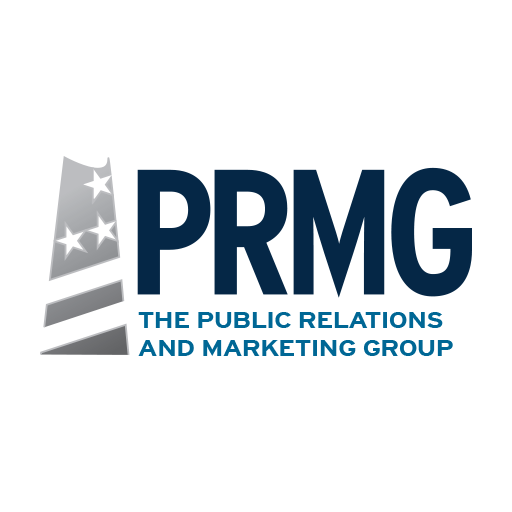Steps to Better Proofreading, Grammar and Spelling
As a society, we are heavily reliant on the written word. No matter what profession or industry you belong to, strong written communication skills are vital to your organization’s reputation and success. From lengthy articles to quick emails to customers or clients, proofreading every piece of writing you create is essential. Substandard and poorly written brochures, newsletters and website content can seriously hinder your organization. Even the smallest error can distract someone from the message you are trying to communicate to them, whether it be through a blog post, social media update or press release. This article will provide you with five steps to strengthening your organization’s written communication skills through effective proofreading.
1. Don’t Rely on Spell Check — There is no doubt that computers can do wonders when it comes to catching repeated words, reversed letters or common spelling errors. However, this should never be your only method of proofreading. Your computer’s spell check tool can only do so much. For example, certain misspellings can form other legitimate words, and so spell check is unable to detect the errors. Also, spell check is unable to catch mistakes with homonyms, such as whether you meant to write “they’re,” “there” and “their” or “your” and “you’re.” While it is still beneficial to use spell check, it is important that this tool is only one part of your overall proofreading approach.
2. Read Aloud — Reading your copy aloud, even if it is only in a whisper, can help you pick up on mistakes that you might not have noticed through silent reading. Reading out loud at a slower pace is helpful for spotting run-on sentences, jumbled phrases and missing words. You will be able to hear your mistakes and recognize if a sentence doesn’t flow or sounds too wordy. We would also recommend printing out the pages for one final read-through, especially if your writing is going to be published in a print or online medium. It is much easier to proofread from a hard copy rather than just a computer screen.
3. Double-Check All Facts — If you have included any statistics or hard facts in your article, they must be verified. An article or press release that contains factual errors can not only be misleading, but it can cause your audience to lose trust in your writing and professional expertise. For example, if someone spots an inaccurate statistic or numerical figure in your article, they may refrain from reading your future pieces and instead turn to a new, more reliable source. When proofreading, it is essential to check that all of your URLs and hyperlinks are valid, as well as any phone numbers, email addresses or other contact information. You must also ensure that people’s names are spelled correctly and that all numbers or figures are accurate. One of the most common mistakes you hear or see is confusion over whether a “million” was supposed to be used instead of a “billion.” That’s a 1,000 times difference!
4. Don’t Be Redundant — While proofreading your copy, look out for repetition. You should avoid using the same words or phrases over and over to make sure you aren’t constantly repeating yourself. You also don’t want to make the same point twice because all professional writing should be clear, concise and to the point. Although there are times when repetition may be necessary to prove a point, you don’t want to bore your readers. A tip here is to use a thesaurus to spice up your vocabulary and make your writing more interesting.
5. Have Someone Else Read Your Writing — No matter how many times you proofread your writing, it is essential to have at least one other person read it before it is published. It is almost impossible to spot every error yourself because sentences that may flow fluidly in your head may not make as much sense to others. Because you wrote the material, your mind often plugs in the missing words. You may also overlook spelling, grammar or capitalization mistakes. Having a second set of eyes proofread your work is necessary to help catch what you might have missed.
In following these steps, it is important to devote an ample amount of time to your proofreading session. Put your cell phone aside, close out of your email and really take the time to concentrate on your writing. Sometimes it helps to proofread away from your desk on an empty surface. Remember: it takes a devotion of concentration and time to write clear, concise and error-free copy.
If you would like further information, please contact The Public Relations and Marketing Group at (631) 207-1057 or info@theprmg.com .



